The female remains, 3.67 million years old, belong to a new human species that has never been recorded by science.
SetskeletonThe so-called “small foot” belongs to the species of Yeti that is half human and half beast that many people believe to exist in the snowy mountains. This “small-legged” woman was quite old when she died and may have been one of the first ancestors to start having legs longer than her arms.
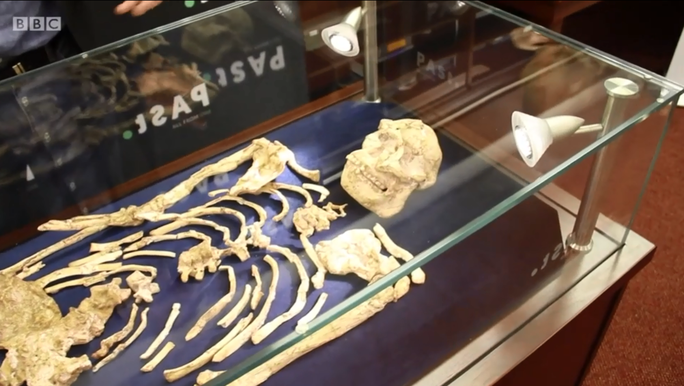
She is only 1.3 m tall, an arm was injured when she was young and eats mostly plants.
The reason for temporarily calling her “small foot” is because the latest analysis shows that she belongs to a new species, completely unrecognized by science, although belonging to the same genus as modern humans (homo sapiens). Previous studies have shown that the genus Man used to have many different species, but so far, most have become extinct, only modern humans survive.
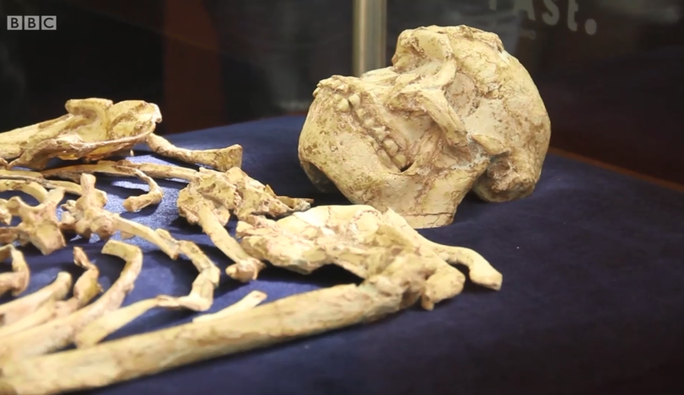
The remains were found in the 1990s and were once classified as Australopithecus, a group of hominids. However, the team disagreed with the results and continued with the work.
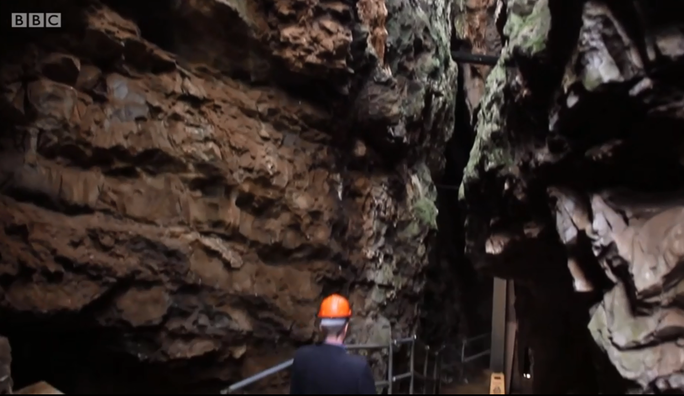
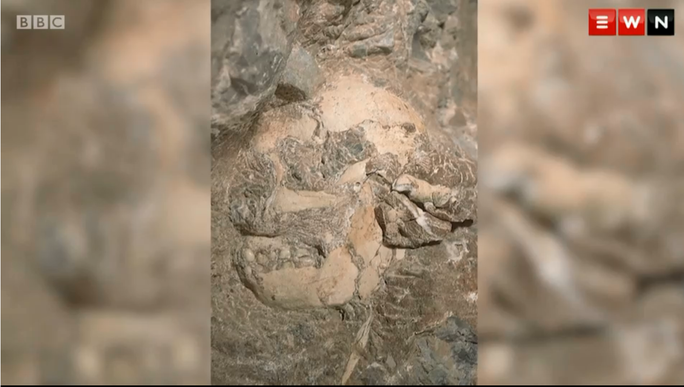
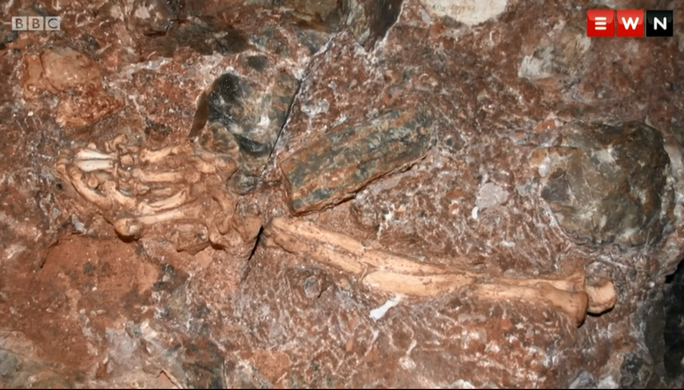
Dr. Ronald Clarke of the University of the Witwatersrand in Johannesburg – South Africa said he had fought for two decades to oppose the previous classification. With the scientific evidence just published, they plan to classify this woman as Australopithecus prometheus, a new species derived from the name of the Greek giant Prometheus (the god who created humanity from clay).
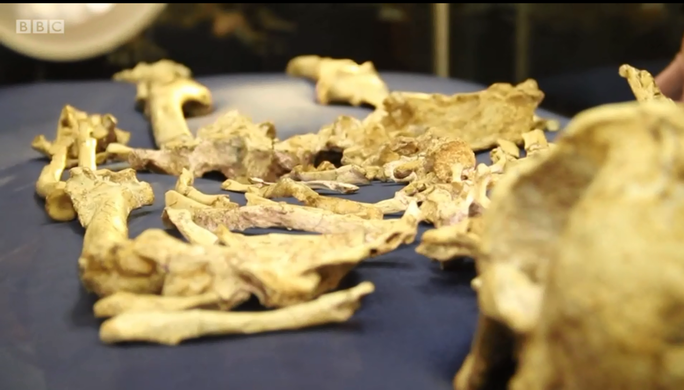
Scientists found the skeleton in a rock deep in the Sterkfontein cave in South Africa. Three of the four studies were published in the Journal of Human Evolution .
In addition to this precious skeleton, scientists also found many other prehistoric tools dating back to 2.18 million years old in the cave.







